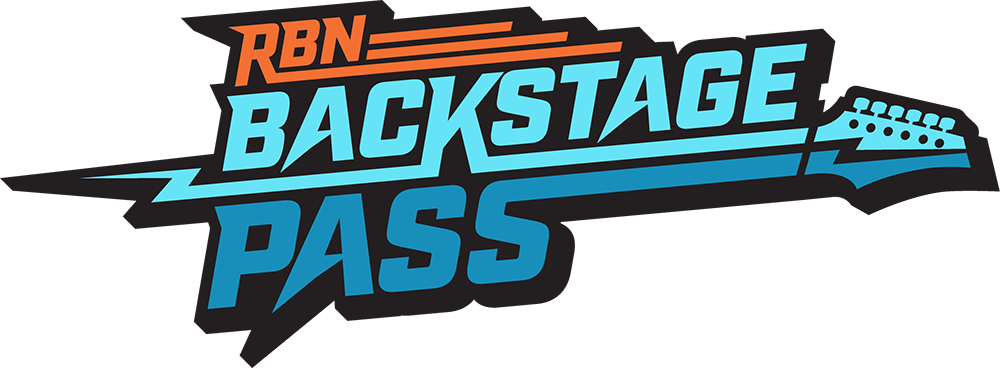Cushing doesn’t call itself the “Pipeline Crossroads of the World” for nothing. Pipelines with the capacity to handle one-third of total U.S. crude oil production flow into the central Oklahoma hub from a number of production areas, including the Alberta oil sands, the Bakken, the Rockies, the Permian and the nearby SCOOP/STACK. There’s almost as much pipeline capacity out of Cushing, with more than half of it bound for Texas’s Gulf Coast refineries and export docks and most of the rest headed for refineries in the Midcontinent and Midwest. Cushing’s inbound and outbound pipes connect to a staggering 94 million barrels of crude oil storage in about 350 aboveground tanks — each company’s set of tanks with its own unique degree of interconnectedness. Today, we continue our series on Cushing with a look at the large, medium and small pipelines that flow into the hub, and what they transport.
The Cushing hub, located midway between Oklahoma City and Tulsa, has been and will remain a critically important element of the U.S.’s midstream infrastructure. To truly understand Cushing — what it does and how it works — you need to know the hub’s assets and how they fit together, and that’s what this blog series is all about. As we discussed in Part 1, Cushing’s role in the crude market has been in flux. Permian oil production has been surging, the ban on U.S. oil exports is a fading memory, and the Gulf Coast — not Cushing — is where most U.S. crude production currently wants to go, for its concentration of refineries and export docks. In Part 2, we looked at the 94 MMbbl of crude oil storage at Cushing — where it’s located (mostly South Cushing, with a little at North Cushing), the companies that own the storage (led by the Big Three: Plains All American, Enbridge and Magellan Midstream Partners), and how much they each own. We also split the users of Cushing storage into six categories (producers, midstream companies, refiners, marketers, or some combination thereof) and explained how each group uses its storage in different ways (some purely operational, some purely commercial and the rest some mix of the two). Finally, looking at Cushing’s cast of characters from a different angle, we divided them into those with “big hubs” and “big spokes” (a lot of storage capacity, plus tie-ins to major inbound and/or outbound pipelines, as well as strong links to other storage within Cushing); “small hubs” and “big spokes” (less storage capacity, big pipes in and/or out — focused on crude oil throughput); and “small hubs” and “small spokes” (relatively small amounts of storage capacity and only limited pipeline connections into, out of and within Cushing).
Today, we turn our attention to the pipelines (large, medium and small) that transport crude oil to the Cushing hub. Given Cushing’s role as a major physical hub — and as the delivery point for the CME/NYMEX crude oil futures contract, the most actively traded crude futures contract in the world — the Oklahoma town for decades has been a pipeline-project magnet. It still is: just a few weeks ago (on August 1, 2018), Tallgrass Energy announced plans for the Seahorse Pipeline, which will transport as much as 800 Mb/d from Cushing to the crude hub at St. James, LA, and a new onshore marine terminal downriver from New Orleans (see Deep Water, Part 4).
Join Backstage Pass to Read Full Article








